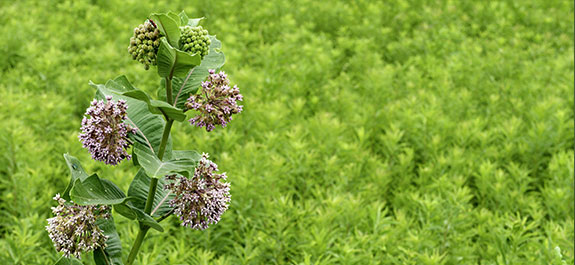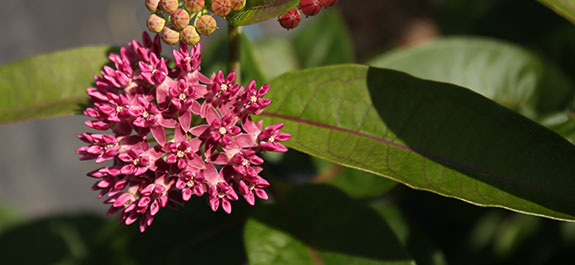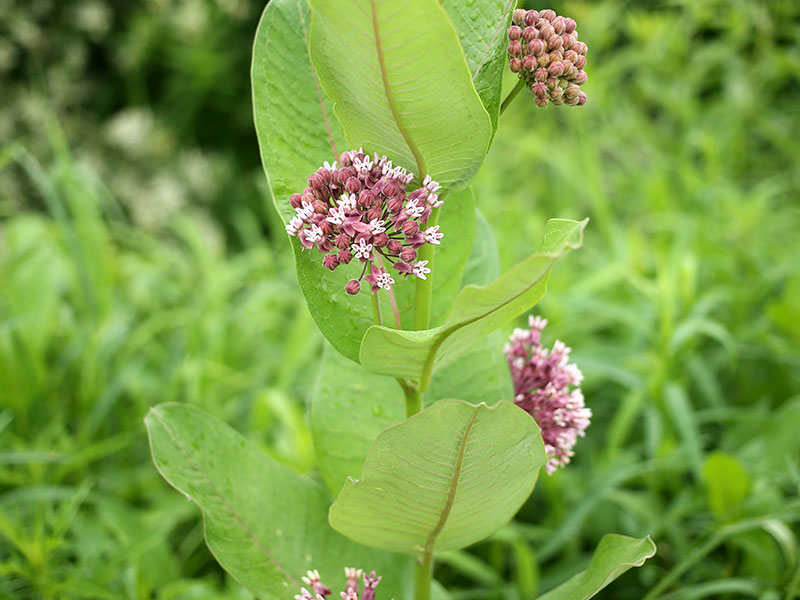
one butterfly at a time
These beautiful pollinators need our help! Throughout the country, the removal of hedgerows and open space has contributed to the decline in habitat for both butterflies and the host plants they need to survive – specifically Butterfly Weed.
To combat this decline, we have worked with local seed suppliers to produce vibrant plants of native Asclepias. Each species has its place (both within the landscape and throughout the United States) and helps supports an expansive variety of pollinators.
We started this brand to both raise awareness of the perils facing the butterfly population of the United States as well as help re-create the habitat they so desperately need.
.jpg)
.jpg)
.jpg)









